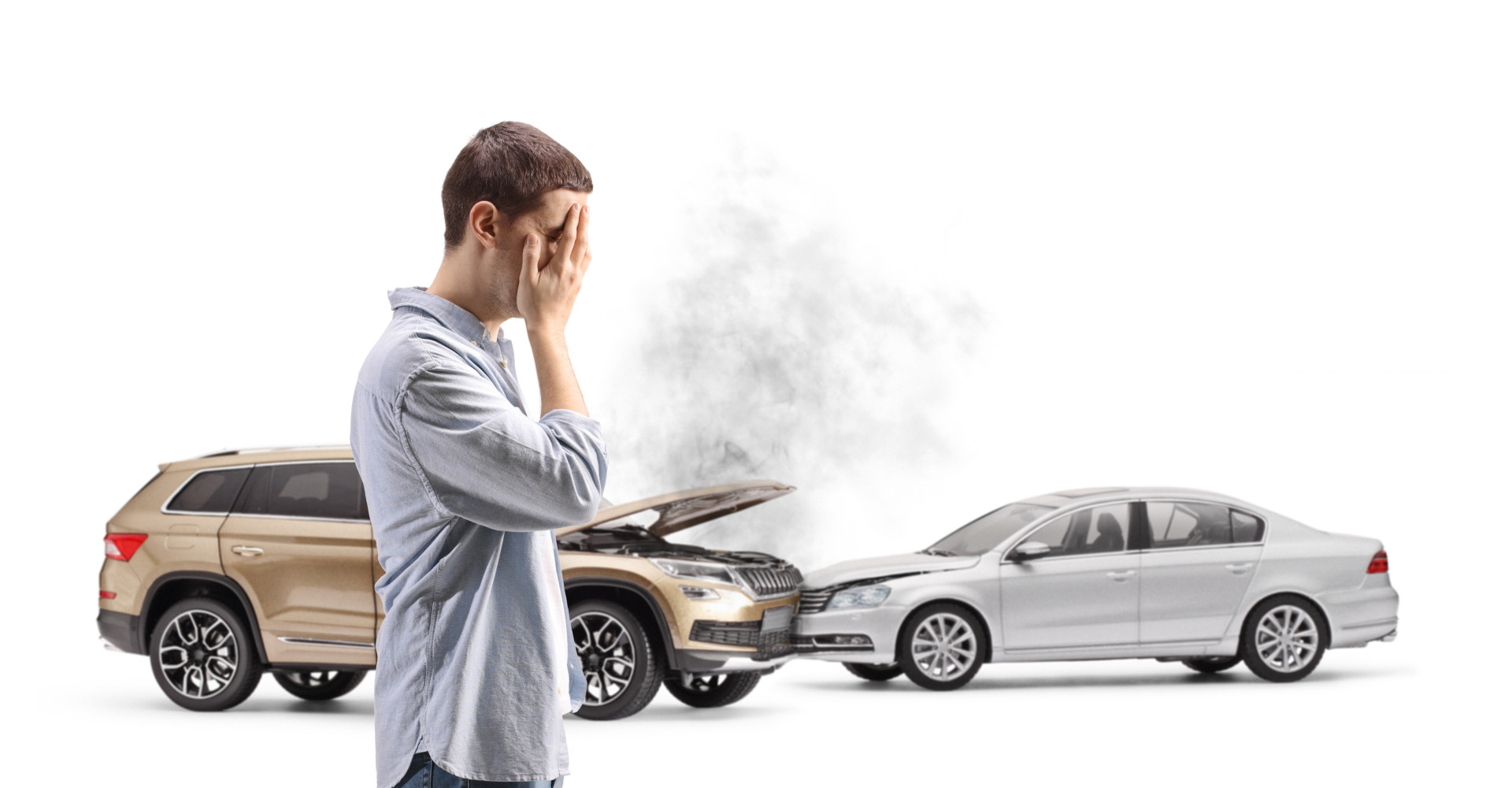Over the last 6 years, there have been over 3 million cars classified as a “write-off” due to varying reasons. Except for 2020 and 2021 (likely due to Covid) it is continuing to increase with a yearly average of over 500,000. Having a car written-off can be a stressful and overwhelming situation. Whether it’s due to an accident, theft, or natural disaster, the loss of your vehicle can have significant emotional and financial impacts. An insurance company would typically declare the vehicle a total loss if the cost of repairing the vehicle is deemed uneconomical. If a car is written off, the insurer should pay you the market value of the vehicle at the time of the incident. This is known as the insurance payout, and it is calculated based on the car’s pre-accident value, taking into account the car’s age, condition, mileage and any modifications.
This guide will walk you through the essential steps to take after having a car written-off. It will also help you navigate the insurance process, and provide advice on recovering and moving forward.
Introduction to Car Write-Offs
The decision to write off a car is based on the repair-to-value ratio. A car is considered beyond economical repair when the insurance company deems the time and cost of repairs are not proportional to its value. For example, if your car is valued at £5,000 and the repair costs are £4,000, the insurer would typically write off the car and pay you the market value. Understanding how car write-offs work can help you make informed decisions about your next steps and ensure you get the best possible outcome from your insurance claim. Insurers use different insurance categories to classify the severity of damage and the fate of the vehicle, a process known as an insurance write off. This situation can arise after a serious accident, flood, fire, or other incidents that cause so much damage that fixing the car simply isn’t economical. When a car is written off, the insurer will typically pay you the market value of the vehicle at the time of the incident, rather than covering the cost of repairs. After this, the car is usually scrapped or sold for salvage, depending on its condition. The amount of money you receive depends on the car’s market value and the insurance payout. Understanding how car write-offs work can help you make informed decisions about your next steps and ensure you get the best possible outcome from your insurance claim.
Write-Off Categories Explained
In the UK, insurance companies use four main write-off categories to classify cars that have been declared a total loss. These categories help determine what happens to the vehicle next. Category A and Category B vehicles are considered beyond repair. Category A cars must be scrapped entirely, while Category B vehicles can have salvageable parts removed but the body shell must be destroyed. Category S vehicles have sustained structural damage but can be repaired and returned to the road if they meet strict safety standards. Category N vehicles have non-structural damage, such as electrical or cosmetic issues, and can also be repaired and used again. The insurance company will issue a cash payout to the owner based on the car’s value, and the vehicle’s registration will be updated to reflect its write-off status. Understanding these write off categories is essential for knowing your options and responsibilities after your car is written off.
![]()
Steps to Take Immediately After Your Car is Written Off
When your car is declared a write-off, it’s crucial to act quickly and methodically. Here are the immediate steps you should take:
- Ensure your safety and the safety of others involved.
- Contact the police and file an accident report if necessary.
- Document the scene with photos and gather witness information.
- Notify your insurance company as soon as possible.
- Collect all relevant documents, including your vehicle registration and insurance policy.
- Remove personal belongings from the vehicle before it’s towed away.
- If your vehicle is financed, inform your finance company about the write-off and discuss settling any outstanding balance.
- Arrange alternative transportation while you work through the process.
Remember, staying calm and organised during this time will help streamline the car write-off recovery process.
How to Handle Insurance After a Write-Off
Navigating the insurance process after a write-off can be complex. Here’s how to handle write-off insurance effectively:
- Understand the write-off categories (A, B, S, or N in the UK) and what they mean for your claim.
- Provide all necessary documentation to your insurer promptly.
- Get a clear explanation of how your insurer calculates the payout amount.
- Consider hiring an independent assessor if you disagree with the insurer’s valuation.
- Decide whether to accept the payout or challenge the decision.
- If financed, inform your lender about the write-off and discuss settling any outstanding balance.
Be prepared to negotiate with your insurance company to ensure you receive a fair settlement for your written-off vehicle.
Keeping, Selling, or Buying a Written-Off Vehicle
If your car is written off, you have several choices to consider. For Category S and Category N vehicles, you may decide to keep the car and arrange for repairs yourself, or you might choose to sell it to a third party. In some cases, you can even buy the vehicle back from the insurance company after receiving your payout. However, if your car falls under Category A or Category B, it cannot be repaired or returned to the road. Category B vehicles can only be sold for salvageable parts, not for use as a whole vehicle. If you’re thinking about buying a written-off car, it’s important to carry out a thorough vehicle history check to uncover any hidden issues or previous damage. The insurance company can guide you through the process, including what repairs or documentation are needed to ensure the vehicle is safe and legal to drive or sell.
Registering and Taxing a Written-Off Vehicle
Once a written-off vehicle has been repaired and is ready to return to the road, it must be properly registered and taxed. The owner is responsible for informing the Vehicle Licensing Agency (DVLA) about the car’s write-off status and providing all necessary documentation, including proof of repairs. The DVLA will update the vehicle’s registration to show that it has been written off and subsequently repaired. Before the car can be legally driven, it must pass an MOT test to confirm it meets all roadworthiness and safety standards. The insurance company can offer advice on the registration and taxing process, helping you ensure that your repaired vehicle is fully compliant with legal requirements.
Replacing Your Vehicle: Tips and Advice
Once you’ve settled your insurance claim, it’s time to consider replacing your written-off car. Here are some car replacement advice tips:
- Assess your current needs and budget carefully.
- Research reliable models within your price range.
- Consider both new and used vehicles to find the best value.
- Take advantage of any GAP insurance you may have to cover shortfalls.
- Don’t rush the decision – take time to find the right replacement.
- Test drive multiple vehicles to ensure comfort and suitability.
Remember, replacing a written-off car is an opportunity to reassess your vehicle needs and potentially upgrade to a safer or more efficient model.
Safety Concerns with Written-Off Vehicles
Safety should be a top priority when dealing with written-off vehicles, especially those in Category S or Category N. Even after repairs, these cars may have underlying issues that could affect their performance or safety on the road. It’s essential to have all repairs carried out by qualified professionals and to keep up with regular maintenance checks. Always obtain a valid MOT certificate to confirm the vehicle’s roadworthy condition. The insurance company can provide guidance on any additional safety checks or repairs that may be needed. Remember, driving a written-off vehicle that hasn’t been properly repaired or maintained can lead to fines, penalties, or even accidents. Whether you’re keeping, selling, or buying a written-off car, make sure safety comes first.
Emotional and Financial Recovery After Write-Off
The emotional impact of write-offs can be significant, and financial recovery may take time. Here are some strategies to help you cope:
- Acknowledge your feelings of loss and frustration.
- Seek support from friends, family, or a professional if needed.
- Focus on the positive aspects, such as the opportunity for a fresh start.
- Create a budget to manage any financial strain caused by the write-off.
- Explore ways to reduce transportation costs while recovering financially.
- Consider temporary solutions like carpooling or public transport if necessary.
- Use this experience to reassess your overall financial health and insurance coverage.
Remember, recovery is a process, and it’s okay to take the time you need to adjust both emotionally and financially.
Preventing Future Car Write-Offs
While not all accidents can be avoided, there are steps you can take to prevent car write-offs in the future:
- Maintain your vehicle regularly to ensure it’s in good working condition.
- Practice defensive driving techniques and stay alert on the road.
- Invest in advanced safety features when choosing your next vehicle.
- Park in secure locations to reduce the risk of theft or vandalism.
- Consider additional security measures like steering wheel locks or an immobiliser.
- Keep your car insurance up to date and review your coverage regularly.
- Avoid distracted driving and always follow traffic laws.
By taking these precautions, you can significantly reduce the risk of experiencing another write-off and ensure better future vehicle protection. Recovering from a car write-off can be challenging, but with the right approach and information, you can navigate the process successfully. Remember to stay patient, seek support when needed, and use this experience as an opportunity to make informed decisions about your future vehicle and insurance needs.








